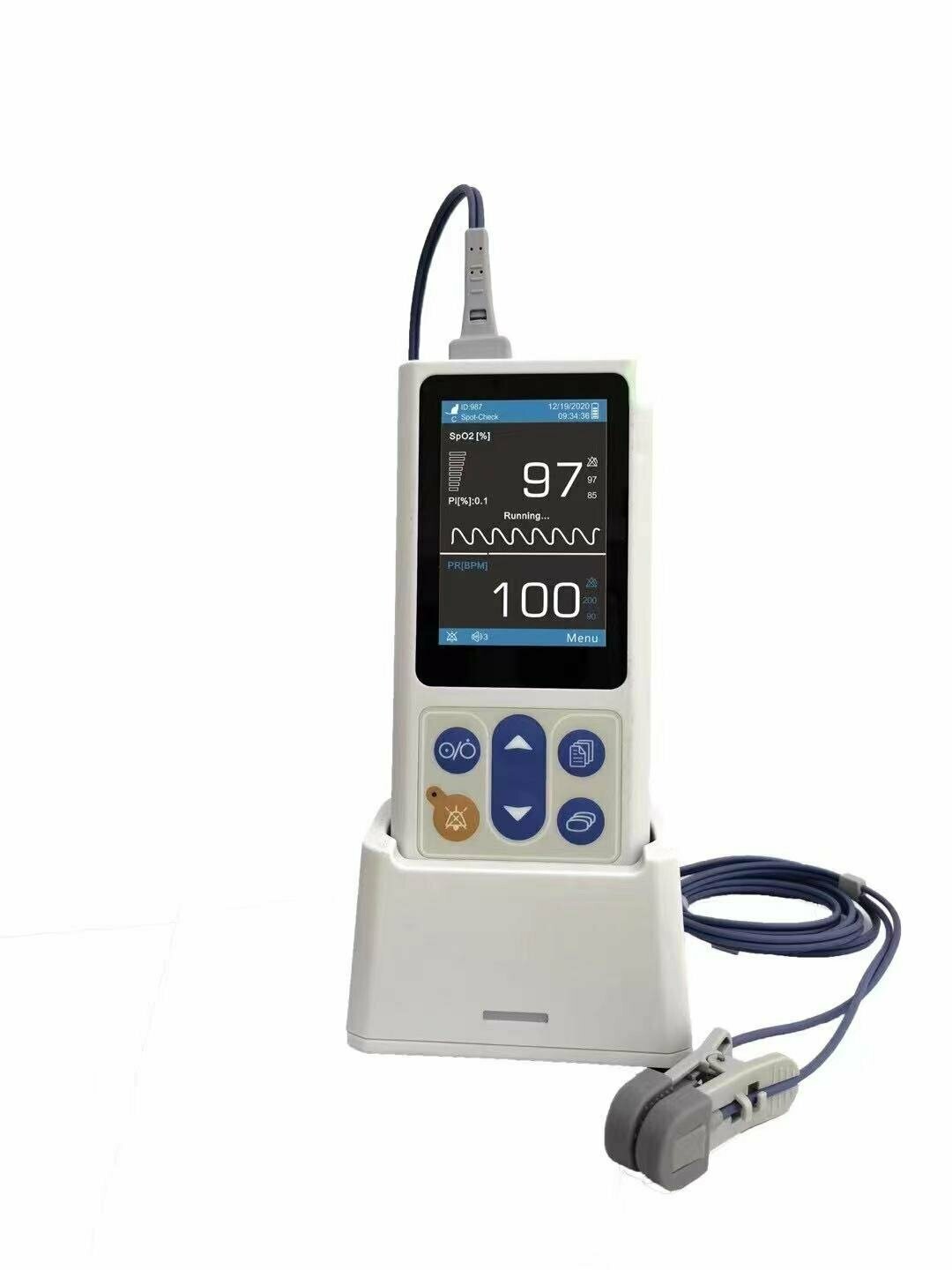
It allows noninvasive assessment of the patient’s systemic metabolism (acid-base status), pulmonary perfusion, and cardiac output.īecause ETCO 2, PaCO 2, and PACO 2 levels are considered approximately equal, monitoring ETCO 2 levels can help clinicians to detect trends or sudden changes in a patient’s PaCO 2. However, ventilation-perfusion mismatching may occur in some conditions, leading to abnormal ETCO 2 levels ( Table).Ĭapnography offers many benefits, said Reuss-Lamky. Under normal conditions in the lung, the ratio of pulmonary ventilation to perfusion is close to 1. Ideally, alveolar ventilation is matched to alveolar perfusion. Because this gradient is considered clinically insignificant, she added that ETCO 2, PaCO 2, and alveolar CO 2 (PACO 2) levels are considered approximately equal.

She noted that, in a healthy patient, ETCO 2 (normally 35-45 mm Hg) typically correlates with PaCO 2 ( Table) and is approximately 2 to 5 mm Hg lower. Bloodgas analysis measures the CO 2 that is dissolved in plasma, said Reuss-Lamky, and this is known as the arterial partial pressure of CO 2 (PaCO 2). She explained that CO 2 is transported in the body predominantly in 3 forms: 60% to 70% as bicarbonate ions, 20% to 30% bound to proteins, and 5% to 10% dissolved in arterial plasma. Differentiating Between Types of Respiratory Distress in Cats.Genetic Cause Found for Acute Respiratory Distress Syndrome in Dalmatians.The exhaled CO 2 is also known as end-tidal CO 2 (ETCO 2) and represents the concentration of CO 2 in the lung alveoli that emptied last. CO 2 is produced in the body as a byproduct of tissue metabolism, transported to the lungs via perfusion, and then removed via alveolar ventilation. Gas exchange occurs in alveolar capillary beds in the lung, she said. 1 Anesthesiologist reviewers analyzed the cases and concluded that “using capnography and pulse oximetry together could have prevented 93% of the anesthetic mishaps,” she said.Īccording to Reuss-Lamky, 3 physiologic processes are essential for capnography use and interpretation: metabolism, circulation, and ventilation. Reuss-Lamky highlighted the critical role of this tool in anesthetic monitoring by discussing findings from a key study from the human medical literature of more than 1000 anesthetic-related malpractice claims. The measurements are displayed as a capnogram, which is a graphic representation of exhaled CO2 as each breath is taken over time. Presenting at the 2017 American Veterinary Medical Association Convention in Indianapolis, Indiana, Reuss-Lamky discussed the ways in which capnography provides important feedback about the severity of a patient’s condition and how patients respond to treatment.Ĭapnography refers to the measurement of CO 2 in a patient’s exhaled breath, she said. Dimensions: 2.1 x 1.5 x 1.5” (5.2 x 3.9 x 3.Capnography is an essential tool for monitoring anesthetized and critical care veterinary patients, according to Heidi Reuss-Lamky, LVT, VTS (Anesthesia & Analgesia), from Oakland Veterinary Referral Services in Bloomfield Hills, Michigan.Operating Humidity: 10-95%, non-condensing.Operating temperature: -5 to 50º C (23 to 122º F).Type: 2 (two) AAA Cell Alkaline or Lithium.The EMMA Capnograph shows numbers and waveform.Easy to maintain no routine calibration required.Rugged, water-resistant design for reliable operation in challenging environments.

#MAINSTREAM CAPNOGRAPHY FULL#
#MAINSTREAM CAPNOGRAPHY PORTABLE#
The EMMA Capnograph kit is a small, portable capnograph lightweight design fits in the palm of your hand for mobility and convenience during short-term EtCO2 monitoring of adult, pediatric, and infant patients.


 0 kommentar(er)
0 kommentar(er)
